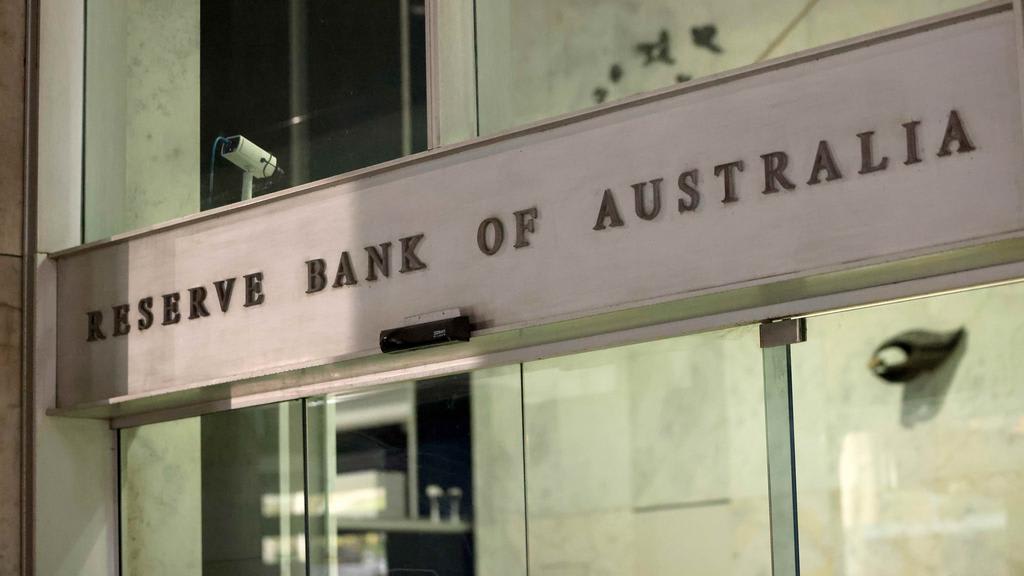
Inflation has dropped down to 2.1% and to the bottom of the Reserve Bank of Australia (RBA) target zone, placing increased pressure on the bank to respond with an interest rate cut.
October data from the Australian Bureau of Statistics showed inflation was once again within the RBA’s 2-3% target range, having come in slightly below market expectations.
It is a positive sign for homeowners in the run up to Christmas, reconfirming September’s quarterly update which showed inflation had dropped into the RBA’s target for the first time in 3.5 years.
While inflation has moderated significantly over the past few months however, mortgage holders’ hopes for a Christmas rate cut have almost completely disappeared.
The bank’s preferred measure of inflation, the trimmed mean number, came in at 3.5% in October, up from 3.2% in September and on the back of seven consecutive quarterly falls.
ABS head of price statistics Michelle Marquardt confirmed trimmed mean is now “similar to where it was in August”, meaning the bank may well hold firm rather than bow to pressure to deliver a much-needed rate cut.
ABS head of price statistics Michelle Marquardt says trimmed mean is now “similar to where it was in August”. Picture: Australian Bureau of Statistics
Eyes on interest rates
With less than two weeks until the RBA makes its final decision for the year on interest rates, today’s figures paint a bleak picture for any immediate relief for mortgage holders.
The bank has not budged from interest rates of 4.35% in the last 13 months, making eight consecutive decisions to hold despite calls for cuts to ease pressure on households amid ongoing cost-of-living concerns.
REA Group senior economist Paul Ryan said: “The monthly inflation indicator confirmed inflation pressures remain above the RBAs target.
“The RBA will be considering these numbers and what they mean for the December quarter inflation numbers, due in late January.”
The International Monetary Fund’s most recent World Economic Outlook predicts that Australia’s inflation is set to return to 3.6% by the end of next year.
Housing and spending
Economists had broadly expected today’s news on inflation, though inflationary pressures are poised to rise yet again.
Elevated spending from Black Friday, Cyber Monday and the holiday season is expected to eat into next month’s Consumer Price Index indicator and will set a clearer picture for whether a February rate cut might still be on the cards.
Today’s figures show housing rose 0.2% in the 12 months to October, compared with a 1.6% annual rise to September. The ABS noted large falls in electricity prices “mostly offset higher rents and new dwelling prices”.
National home prices hit a new record in October, with the latest PropTrack Home Price Index showing a rise of 0.26% over the month.
PropTrack data shows Australian home prices are now 5.62% higher than a year ago, with prices in the combined capital cities having increased 5.85% over the past year.
APRA toes cautious line
Today’s inflation data comes after the Australian Prudential Regulation Authority last week confirmed its current macroprudential policy settings would remain the same for now.
This is despite economists’ predictions that rates have peaked. As a result, the regulator said the mortgage serviceability buffer will remain at three percentage points.
“Since APRA’s last announcement regarding its macroprudential policy settings in July, inflation has continued to moderate and the risk of higher interest rates has receded somewhat, but we are mindful of potential shocks to household incomes from a slowing labour market,” chair John Lonsdale said. “That risk is exacerbated by uncertainty in the global economic environment including geopolitical instability.”
Mr Lonsdale said while house price growth has eased, prices are 40% higher than before the pandemic.
“Household debt is high relative to incomes both compared with long-term trends and relative to international peers,” he added. “This high household debt is a key vulnerability if adverse economic scenarios came to pass.
“In light of these considerations, APRA maintains its current macroprudential policy settings. We will continue to closely monitor the external operating environment and will consider modifying these settings should that become appropriate.”
Long-held hopes of a February rate cut have now been replaced with forecasts for the middle of next year.






